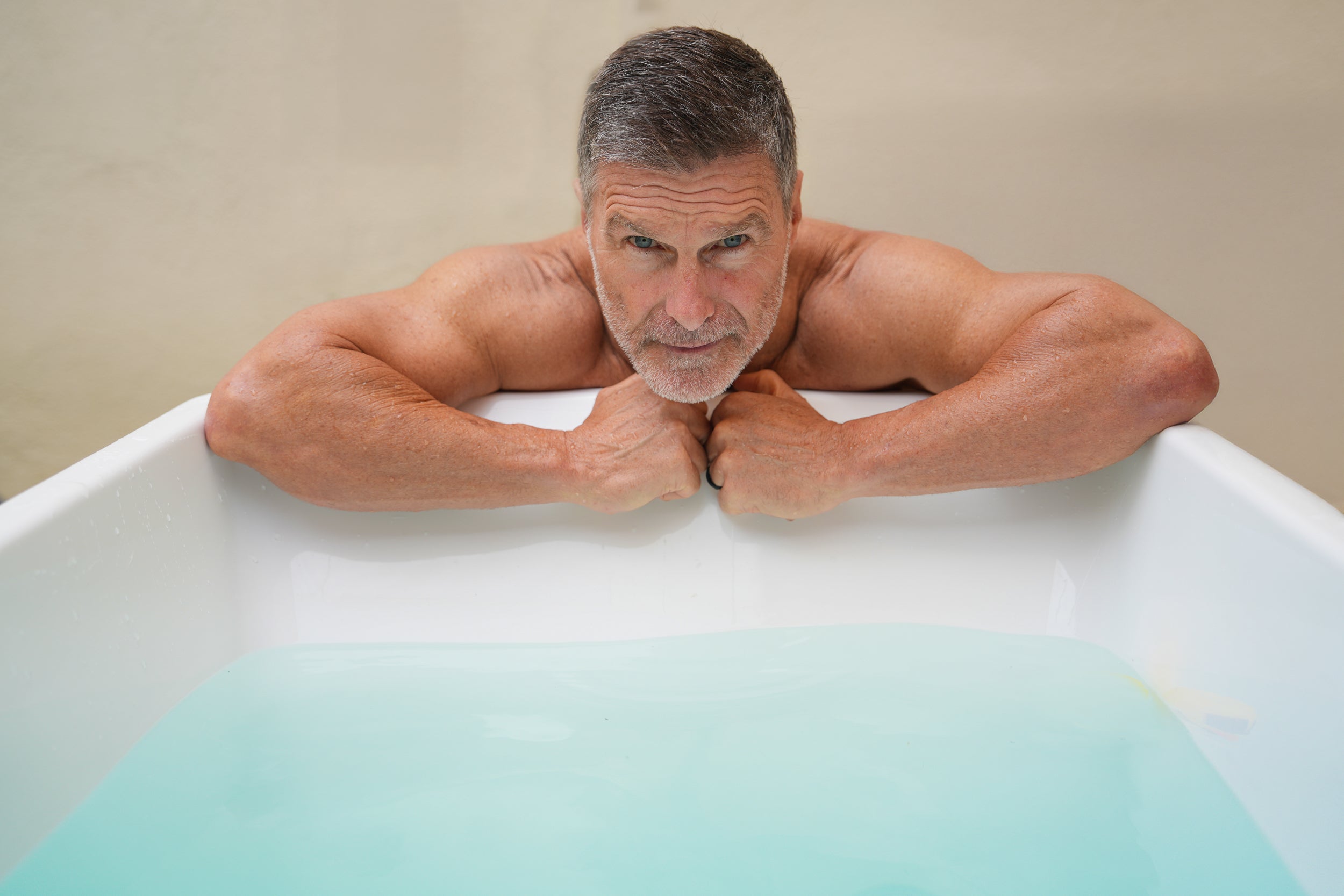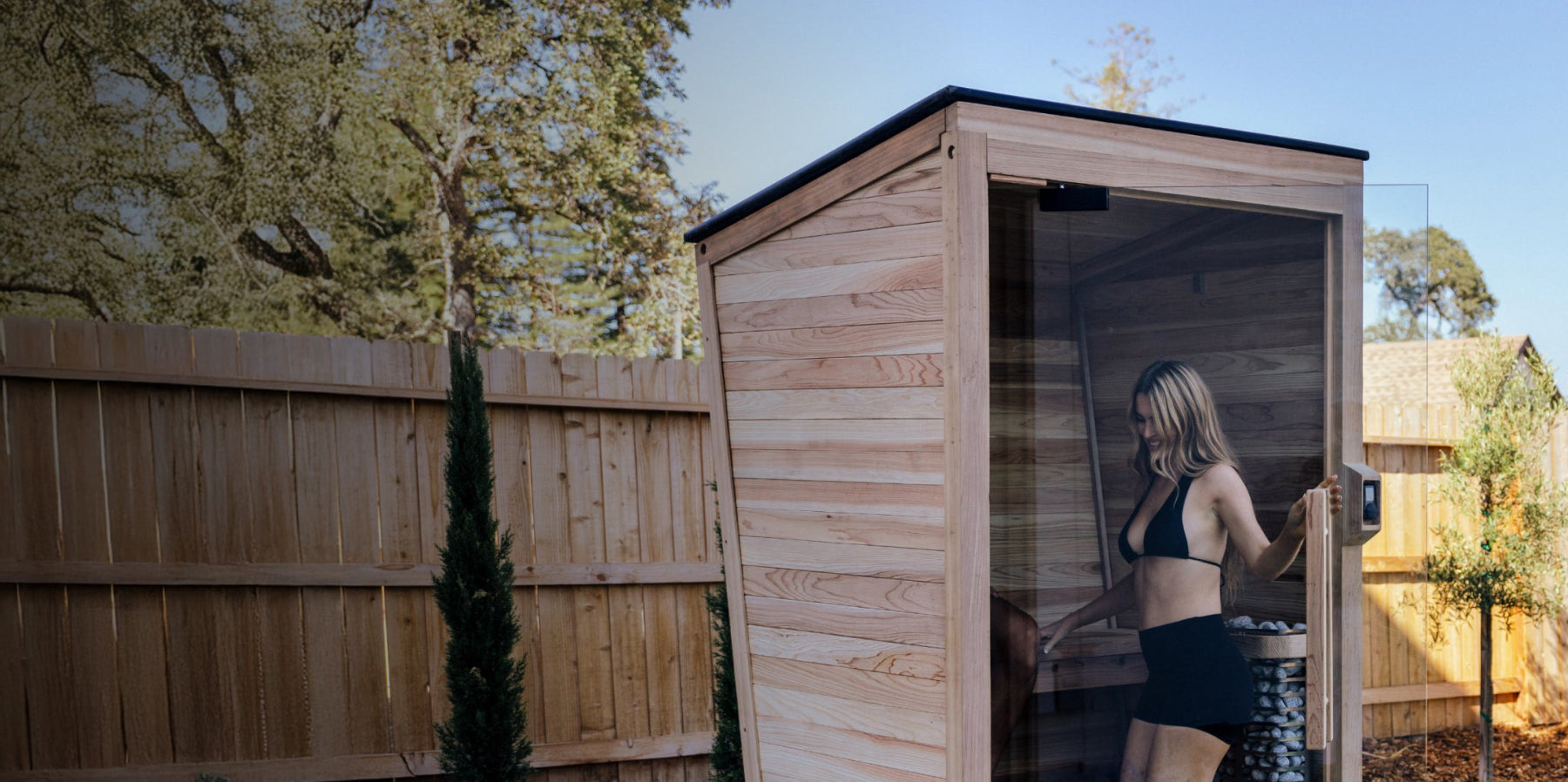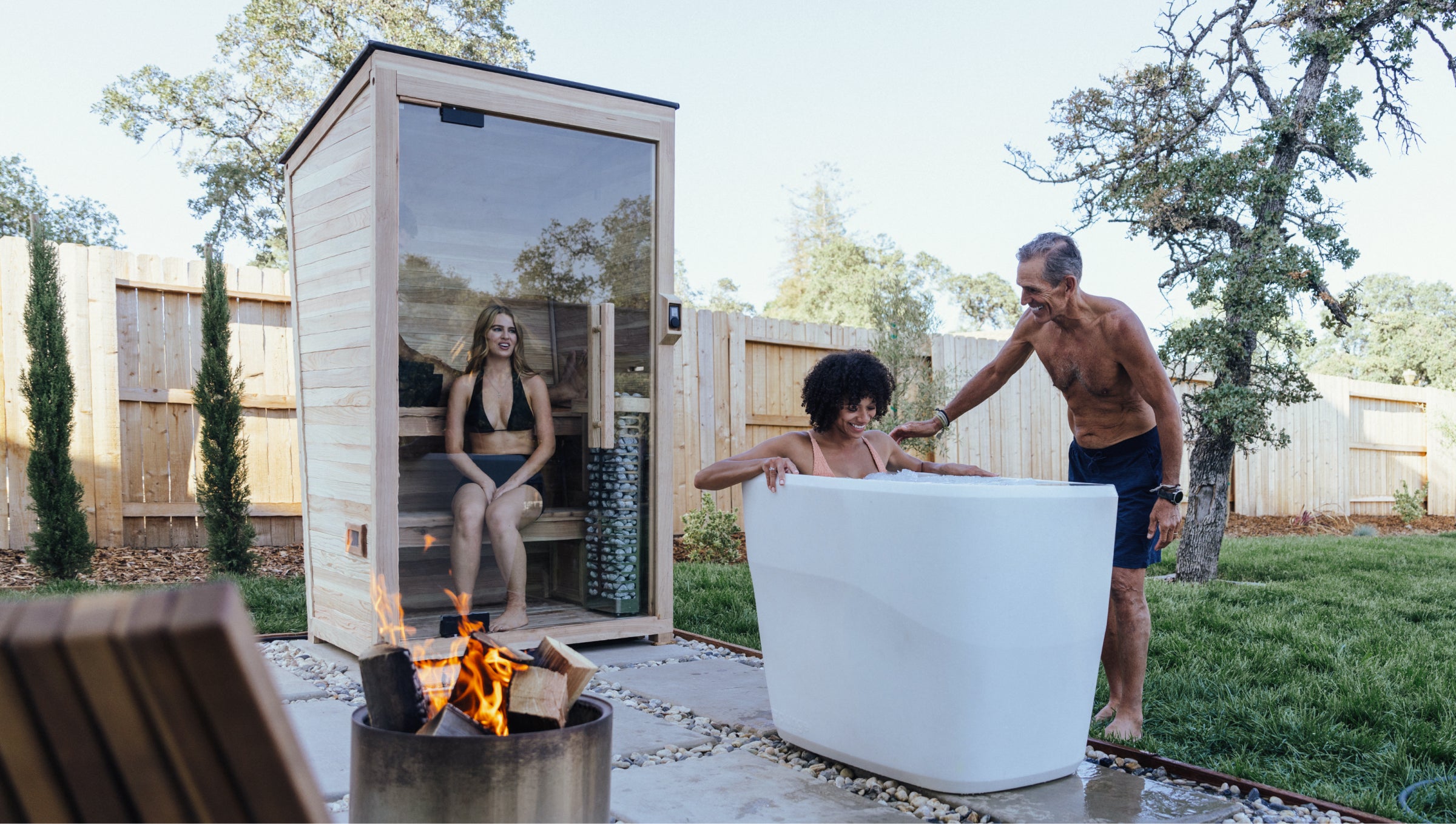
Top 5 Ways To Incorporate Breathwork Into Your Cold Plunge Routine
We are so excited to share these knowledge gems with you directly from experienced ice bath coach Miles Lukas!
Incorporating breathwork into your ice bath routine can elevate your experience. Here are the top 5 proven ways to integrate breathwork before, during and after cold plunging:
Pre-Plunge
1. Use Deep Breaths to Warm Up Your Intercostal Muscles
Before the plunge, use deep breaths to warm up your intercostal muscles, which can be a source of warmth for your whole body.
In a study in 2019, Wim Hof was put in a PET Scan and given a specially designed suit with cold water channels to cool his skin surface intentionally. This experiment would help us understand where energy was coming from inside his body to keep him warm. Until this experiment, it was thought thermoregulation was mainly due to brown fat, the cells dense with mitochondria most prominent around the neck and shoulders. Wim proved he could keep his skin temperate from changing while exposed to cold water.
2. Use Wim Hof Method Breathwork To Improve Pain Tolerance and Focus
A few rounds of Wim Hof Method breathwork before plunging into an ice bath can change your brainwaves in ways that improve pain tolerance and focus.
In the brain scans done on Wim Hof in the "Brain Over Body" experiment, activity in certain areas increased, stimulating the release of endogenous opioids and endocannabinoids. DMT Quest has also done brain scans before and after WHM breathwork, concluding that we significantly increase the Gamma wave activity, the highest frequency, corresponding to meditation and heightened focus.
During the Plunge
3. Try Full In-Breaths Followed By a Pause to Improve Heart Rate and Circulation
During your plunge, full in-breaths followed by a pause can manipulate heart rate and circulation.
The medical term Valsalva Maneuver means creating intrathoracic pressure by pushing against a close airway or holding your breath. The Valsalva Maneuver does three things. First, it opens space in your chest for your heart so it can beat easier. It relaxes cerebral blood—lastly, it pushes blood to your extremities. We should NEVER do significant breath holds in the water for safety precautions. We can intentionally use some diaphragmatic engagement to create intrathoracic pressure. This short breath pause would likely give a portion of the benefit from the Valsalva Maneuver.
4. Use Long Breath Exhales to Reduce Heart Rate
Long breath exhales will reduce your heart rate (HR) and increase your calm during the ice bath session.
When you breathe in, your HR raises. When you breathe out, it slows down. So, you can intentionally lower your HR with a short breath in and a long breath out. A couple of tips are, don't go too slow where you would have some air hunger. Also, breathing out by capturing the air in your mouth and slowly releasing it through your teeth and a tiny bit of mouth tension allows you to deflate while using very little energy. Here is a video example with an HR monitor.
After the Plunge
5. Warm Up Using a Few Rapid Breaths Followed By Slow Breaths
If you feel cold or are shivering after your plunge, a few rapid breaths combined with slow breaths will warm you up.
In studies of Tummo practitioners who could withstand incredibly low temperatures for long durations, they divided the practice into two breath patterns, Fast breathing (FB) and Slow Breathing (SB). FB will accelerate your heart rate and warm your intercostal muscles, especially when combined with physical movement. However, when CO2 gets too low from the FB, you can get a vascular constriction. So then, once you've assisted warming your core blood flow, breath holds, or SB allows CO2 to build back up, causing vascular dilation and allowing that warm blood to circulate more efficiently.
In conclusion, intense breathwork, a cooling down period, and calming breathing techniques will prepare you and get you through many physical and mental challenges. Also, this breathwork may prime your nervous system before cold exposure or any challenging psychological or physical pursuit.
Just like you warm up your muscles before working out, it works the same for your nervous system. If you are in freezing temperatures, you may notice that these techniques before and after will significantly affect your ability and comfort.
Happy plunging, my friends!
- Miles Lukas
Wim Hof Method & Brazilian Jiu-Jitsu Black Belt Instructor







